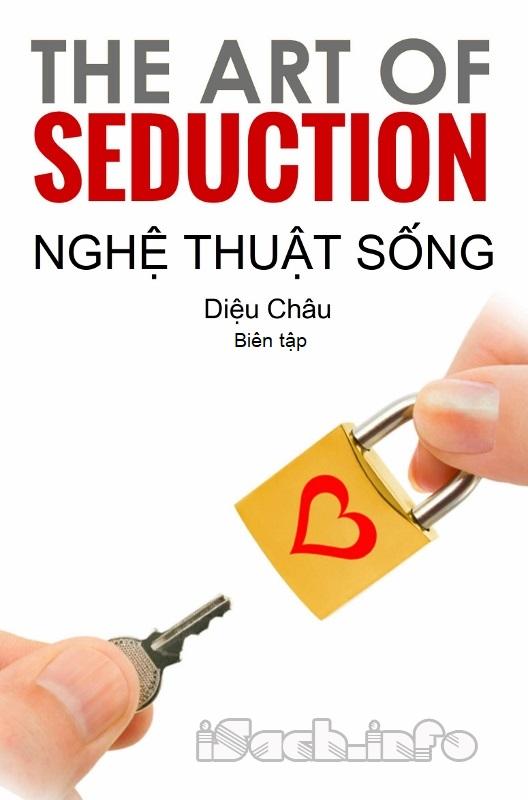The Feminine Dandy
W
hen the eighteen-year-old Rodolpho Guglielmi emigrated from Italy to the United States in 1913, he came with no particular skills apart from his good looks and his dancing prowess. To put these qualities to advantage, he found work in the thes dansants, the Manhattan dance hallswhere young girls would go alone or with friends and hire a taxi dancer for
a brief thrill. The taxi dancer would expertly twirl them around the dance
floor, flirting and chatting, all for a small fee. Guglielmi soon made a name
as one of the best—so graceful, poised, and pretty.
In working as a taxi dancer, Guglielmi spent a great deal of time around
women. He quickly learned what pleased them—how to mirror them in
subtle ways, how to put them at ease (but not too much). He began to pay
attention to his clothes, creating his own dapper look: he danced with a
corset under his shirt to give himself a trim figure, sported a wristwatch
(considered effeminate in those days), and claimed to be a marquis. In 1915,
he landed a job demonstrating the tango in fancy restaurants, and changed
his name to the more evocative Rodolpho di Valentina. A year later he
moved to Los Angeles: he wanted to try to make it in Hollywood.
Now known as Rudolph Valentino, Guglielmi appeared as an extra in
several low-budget pictures. He eventually landed a somewhat larger role in
the 1919 film Eyes of Youth, in which he played a seducer, and caught
women's attention by how different a seducer he was: his movements were
graceful and delicate, his skin so smooth and his face so pretty that when
he swooped down on his victim and drowned her protests with a kiss, he
seemed more thrilling than sinister. Next came The Four Horsemen of the
Apocalypse, in which Valentino played the male lead, Julio the playboy, and
became an overnight sex symbol through a tango sequence in which he se-
duced a young woman by leading her through the dance. The scene encap-
sulated the essence of his appeal: his feet smooth and fluid, his poise almost
feminine, combined with an air of control. Female members of the audi-
ence literally swooned as he raised a married woman's hands to his lips, or
shared the fragrance of a rose with his lover. He seemed so much more at-
tentive to women than other men did; but mixed in with this delicacy was
a hint of cruelty and menace that drove women wild.
In his most famous film, The Sheik, Valentino played an Arab prince
(later revealed to be a Scottish lord abandoned in the Sahara as a baby) who
rescues a proud English lady in the desert, then conquers her in a manner that borders on rape. When she asks, "Why have you brought me here?," he replies, "Are you not woman enough to know?" Yet she ends up falling in love with him, as indeed women did in movie audiences all over the world, thrilling at his strange blend of the feminine and the masculine. In one scene in The Sheik, the English lady points a gun at Valentino; his re-sponse is to point a delicate cigarette holder back at her. She wears pants; he wears long flowing robes and abundant eye makeup. Later films would include scenes of Valentino dressing and undressing, a kind of striptease showing glimpses of his trim body. In almost all of his films he played some exotic period character—a Spanish bullfighter, an Indian rajah, an Arab sheik, a French nobleman—and he seemed to delight in dressing up in jew-els and tight uniforms.
In the 1920s, women were beginning to play with a new sexual free-dom. Instead of waiting for a man to be interested in them, they wanted to be able to initiate the affair, but they still wanted the man to end up sweep-ing them off their feet. Valentino understood this perfectly. His off-screen life corresponded to his movie image: he wore bracelets on his arm, dressed impeccably, and reportedly was cruel to his wife, and hit her. (His adoring public carefully ignored his two failed marriages and his apparently nonex-istent sex life.) When he suddenly died—in New York in August 1926, at the age of thirty-one, from complications after surgery for an ulcer—the response was unprecedented: more than 100,000 people filed by his coffin, many female mourners became hysterical, and the whole nation was spell-bound. Nothing like this had happened before for a mere actor.
There is a film of Valentino's, Monsieur Beaucaire, in which he plays a total fop, a much more effeminate role than he normally played, and without his usual hint of dangerousness. The film was a flop. Women did not respond to Valentino as a swish. They were thrilled by the ambiguity of a man who shared many of their own feminine traits, yet remained a man. Valentino dressed and played with his physicality like a woman, but his image was masculine. He wooed as a woman would woo if she were a man—slowly, attentively, paying attention to details, setting a rhythm instead of hurrying to a conclusion. Yet when the time came for boldness and conquest, his timing was impeccable, overwhelming his victim and giving her no chance to protest. In his movies, Valentino practiced the same gigolo's art of leading a woman on that he had mastered as a teenager on the dance floor— chatting, flirting, pleasing, but always in control.
Valentino remains an enigma to this day. His private life and his charac-ter are wrapped in mystery; his image continues to seduce as it did during his lifetime. He served as the model for Elvis Presley, who was obsessed with this star of the silents, and also for the modern male dandy who plays with gender but retains an edge of danger and cruelty.
Seduction was and will always remain the female form of power and warfare. It was originally the antidote to rape and violence. The man who uses this form of power on a woman is in essence turning the game around, employing feminine weapons against her; without losing his masculine identity, the more subtly feminine he becomes the more effective the se-duction. Do not be one of those who believe that what is most seductive is being devastatingly masculine. The Feminine Dandy has a much more sin-ister effect. He lures the woman in with exactly what she wants—a familiar, pleasing, graceful presence. Mirroring feminine psychology, he displays at-tention to his appearance, sensitivity to detail, a slight coquettishness—but also a hint of male cruelty. Women are narcissists, in love with the charms of their own sex. By showing them feminine charm, a man can mesmerize and disarm them, leaving them vulnerable to a bold, masculine move.
The Feminine Dandy can seduce on a mass scale. No single woman really possesses him—he is too elusive—but all can fantasize about doing so. The key is ambiguity: your sexuality is decidedly heterosexual, but your body and psychology float delightfully back and forth between the two poles.
I am a woman. Every artist is a woman and should have a taste for other women. Artists who are homosexual cannot be true artists because they like men, and since they them-selves are women they are reverting to normality.
—PABLO PICASSO



 ePub
ePub A4
A4